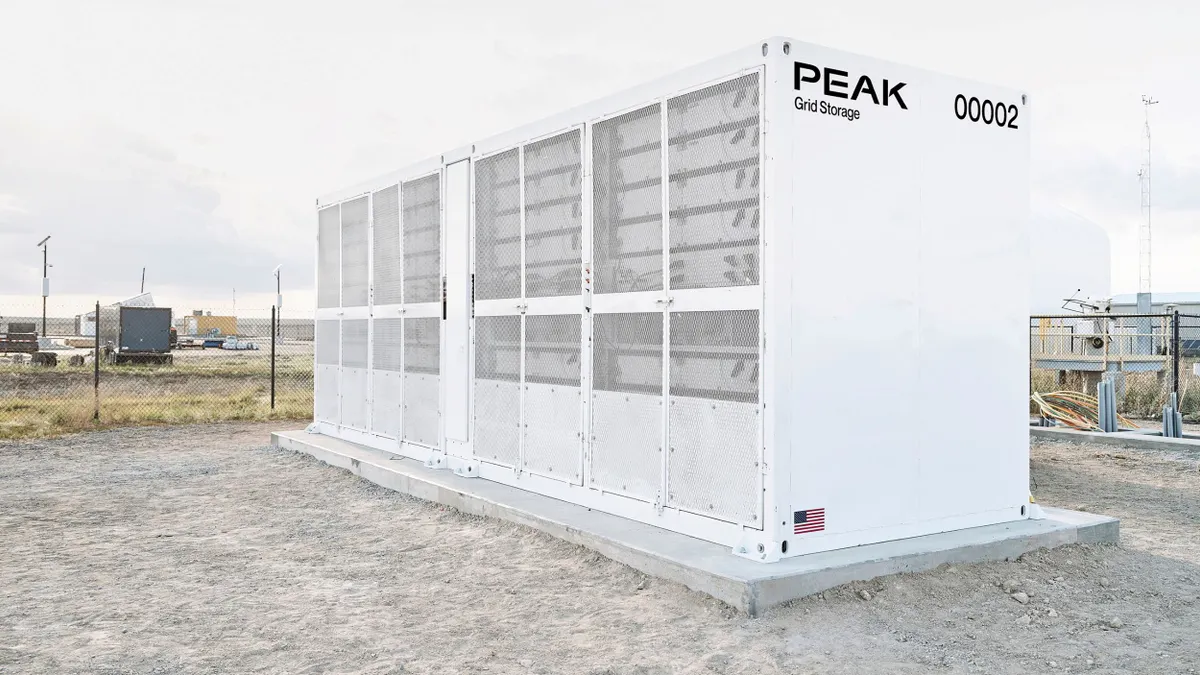Dive Brief:
- Massachusetts' investor-owned utilities have filed grid modernization plans with state regulators, describing how they will integrate distributed resources, keep costs down and boost reliability.
- Similar to the REV proceeding in New York and grid modernization regulatory initiative in California, the Massachusetts Department of Public Utilities directed the companies to file plans for the distribution grid looking a decade out, with a goal of integrating new technologies and reshaping the industry.
- Many aspects of the utilities' proposals are similar to their industry partners in New York and California, with an emphasis on variable rates, customer-facing technologies and the transition to a service-provider platform.
Dive Insight:
Massachusetts filed grid modernization plans last month, describing to regulators how they will boost reliability while also transforming their networks.
Unitil told regulators its "long-term view is to transition the distribution operations to serve as a platform for Distributed Energy Resources, increasing stakeholder requirements, and enhanced customer experience." The utility wants to offer advanced metering and variable rates to its customers.
"Unitil’s role as the Enabling Platform will be to create the physical operating environment and the enabling functionality that supports these diverse actions by third-party providers and customers," the utility said.
Eversource Energy told the commission it intends to "significantly increase levels of investment" as it chases what it considers the three primary characteristics of a modern grid: smart; integrated and resilient; and facilitate customer engagement.
Eversource also said as part of its grid plan it wants to invest in three broad enabling investments, including customer education, communications and cyber security. The company wants to invest in grid-wide situational awareness, advanced analytics, real-time flexible grid action and dynamic distributed resources. The company's plan would cost more than $400 million over five years.
National Grid filed a range of plans, including one costing more than $1 billion over 10 years. The utility's plan includes installation of advanced metering infrastructure on an opt-out basis.
All of the utilities have proposed time-of-use rates for their customers with the option for customers to opt out and choose a flat rate.













